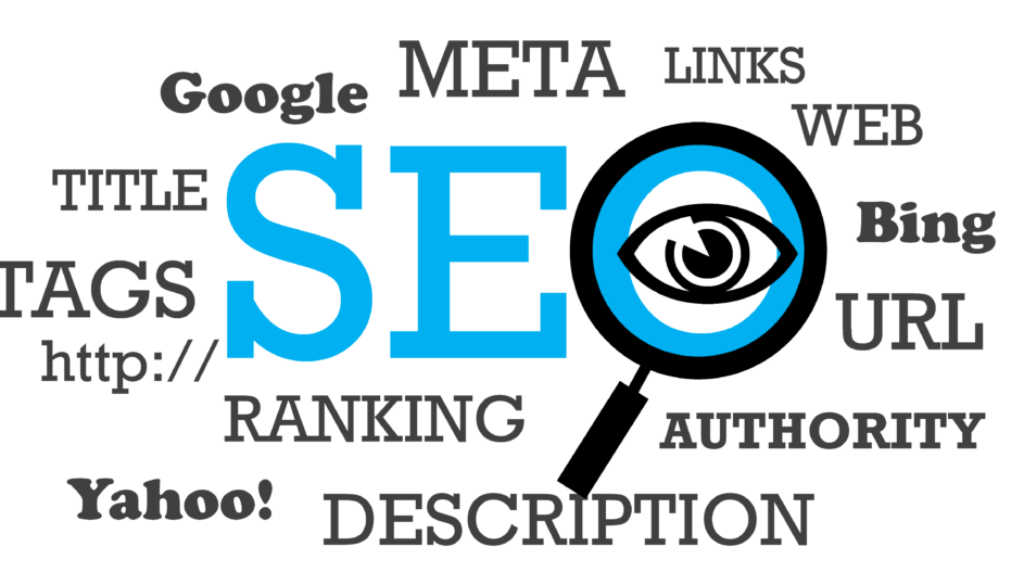Introduction
In the digital realm, where online visibility is paramount, the success of a website is significantly influenced by search engine optimization (SEO). One often overlooked aspect of SEO is URL structure. A well-structured URL not only enhances user experience but also boosts your website’s ranking on search engine results pages (SERPs). In this article, we’ll delve into the top 10 tips for creating SEO-friendly URLs, providing detailed explanations and examples along the way.
What Is URL Structure for SEO?
Before we dive into the tips, let’s understand what an SEO-friendly URL is. An SEO-friendly URL is one that is both user-friendly and search engine-friendly. It gives users a clear idea of the page’s content and structure and helps search engines crawl and index your site efficiently.
Now, let’s explore the top 10 tips for structuring URLs for SEO:
1. Use Descriptive Keywords
When crafting a URL, include descriptive keywords that reflect the content of the page. For example, if you’re writing a blog about healthy recipes, a URL like “example.com/healthy-recipes” is more informative and SEO-friendly than “https://canadianwebdesigns.ca/category/blog“
2. Keep It Short and Sweet
Users find it easier to remember shorter URLs, and search engines also like them. Aim for concise URLs that convey the essence of the page. Avoid lengthy, convoluted strings of characters.
3. Utilize Hyphens for Separation
Use hyphens (-) to separate words within your URLs. Hyphens are preferred over underscores or spaces because they are more readable to both users and search engines. For instance, “example.com/seo-friendly-urls” is better than “example.com/seo_friendly_urls.”
4. Maintain Consistency
Consistency is key to SEO. Choose a consistent URL structure throughout your website. If you start with “example.com/blog/post-title,” stick with it for all your blog posts.
5. Avoid Special Characters
Special characters, such as ampersands (&) and percentage signs (%), can cause indexing problems for search engines. Stick to alphanumeric characters and hyphens.
6. Include Target Keywords
Incorporate your target keywords into the URL when relevant. This reinforces the page’s relevance to search engines and can improve your ranking. For example, “example.com/seo-friendly-tips” when targeting the keyword “SEO tips.”
7. Steer Clear of Dynamic Parameters
Dynamic parameters like question marks (?) and session IDs can make URLs look messy and unreadable. Opt for static, clean URLs whenever possible.
8. Be Mindful of Case Sensitivity
URLs are case-sensitive for some web servers. To avoid confusion, use lowercase letters exclusively to maintain uniformity.
9. Redirect Old URLs
If you update or change a URL, make sure to set up 301 redirects from the old URL to the new one. This preserves your SEO equity and prevents broken links.
10. Prioritize HTTPS
In an era of heightened cybersecurity, it’s essential to prioritize website security. Ensure your URLs use HTTPS for a secure browsing experience. Search engines may favor secure websites in their rankings.

How To Create SEO-friendly URL Structures
SEO-Friendly URL Structures
Have you ever thought why search engines rank some websites higher than others? One of the key factors is the URL structure. An optimized URL structure not only boosts your SEO ranking but also enhances the user experience. Let’s delve into the importance of SEO-friendly URL structures and their benefits.
Importance of optimized URL structures for SEO ranking
Search engines like Google use URLs to figure out what a page is about and how to rank it. A clear and concise URL can significantly influence how your web page ranks in search results.
Benefits of a user-friendly URL structure
For users, a simple and descriptive URL provides a hint about the content of the page, making it easier to decide whether it’s worth reading or not.
What are SEO-Friendly URLs?
SEO-friendly URLs are web addresses that are easy to read, include relevant keywords, Moreover, these websites are organized in a manner that facilitates comprehension by search engines. They are very important to better the user experience and a website’s ranking. Such URLs are typically short, descriptive, and free from complex parameters or long ID numbers.
Best Practices for Creating SEO-Friendly URLs
Creating an SEO-friendly URL isn’t rocket science, but it does require some thought and planning. Here are some best practices to consider:
- Describe your content accurately in the URL: Ensure your URL gives a clear idea of what the web page is about. For instance, a blog about SEO tips should have a URL like “example.com/seo-tips”.
- Include relevant keywords in URLs: Keywords play a crucial role in SEO. Including the most important keyword in your URL can improve your page’s visibility.
- Use dash to separate words in the URL: Hyphens make your URL readable, both for users and search engine spiders. For example, “example.com/seo-friendly-url” is preferred over “example.com/seofriendlyurl”.
- Keep URLs in lowercase: Using lowercase letters avoids potential problems with duplicate content and ensures consistency.
- Keep URLs short and concise: A shorter URL is easier to remember, share on social media, and looks cleaner.
- Use static URLs: Static URLs, as opposed to dynamic ones, are more SEO-friendly and user-friendly.
- Consider subdomains carefully: Subdomains can be useful, but they should be used judiciously as they can dilute domain authority.
- The number of folders in the URL layout should be limited: Too many folders can make a URL complex and hard to understand.

URL Structure Guidelines from Industry Experts
Industry experts have weighed in on the importance of URL structures. Insights from top-ranking SERP blogs suggest:
- Prioritizing user experience over search engine optimization. If a URL makes sense to your audience, it will likely resonate with search engines.
- Avoiding the use of special characters or spaces in URLs. These can confuse search engine bots and users alike.
- Making sure that each page on your website has its own URL will help you avoid problems with duplicate content.
How URL Structures Impact SEO Ranking Factors
The structure of your URL can significantly influence several SEO ranking factors:
- Search Engine Crawling and Indexing: A clear URL structure helps search engine bots understand and index your content faster.
- User Experience and Click-Through Rates: The inclusion of a descriptive URL has the potential to enhance the probability of a user selecting your hyperlink, resulting in improved click-through rates.
Common Issues and Solutions for URL Structures
Some common issues with URL structures include:
- Duplicate Content: This can be caused by having URLs that are too similar. Ensure each URL is unique to avoid this.
- Complex URLs with Parameters: These can confuse search engines. It’s best to keep URLs simple and static.
Solutions include using tools to check for duplicate content and restructuring URLs to be more SEO-friendly.
Future-Proofing Your URL Structure
Search algorithms are constantly evolving. To ensure your URL structure remains effective, stay updated with the latest SEO trends and guidelines. Regularly audit your URLs and adapt to any changes in search engine requirements.
Case Studies and Examples of Successful SEO-Friendly URL Structures
Several websites have mastered the art of SEO-friendly URL structures. For instance, Backlinko uses clear and concise URLs that describe the content accurately. This not only improves user experience but also boosts their search engine rankings.
FAQs:
- Are SEO-friendly URLs important for search engine ranking?
Absolutely! They are very important in helping search engines comprehend and rank your content. - How do I optimize the URL structure of my website?
Follow the best practices mentioned above, such as including relevant keywords and keeping URLs short. - Should I include keywords in my URLs for better SEO results?
Yes, including relevant keywords can improve your page’s visibility in search results. - What are some common issues in URL structures and how can I address them?
Duplicate content and complex URLs are common issues. Regular audits and restructuring can help address these problems.
Final Thoughts
In the digital age, where search engine rankings can make or break a website, having an SEO-friendly URL structure is paramount. By following the best practices and guidelines mentioned above, you can ensure that your website stands out in the crowded digital space. So, why wait? Start optimizing your URLs today for better visibility and improved website performance!
Making your URLs search engine friendly is an often overlooked yet critical part of SEO. By adhering to the following set of ten recommendations, one can enhance the visibility of their website, enhance user experience, and ultimately drive more organic traffic. Remember that a well-structured URL is not only beneficial for SEO but also for your website’s overall usability and credibility. So, take the time to implement these strategies, and you’ll be on your way to SEO success.